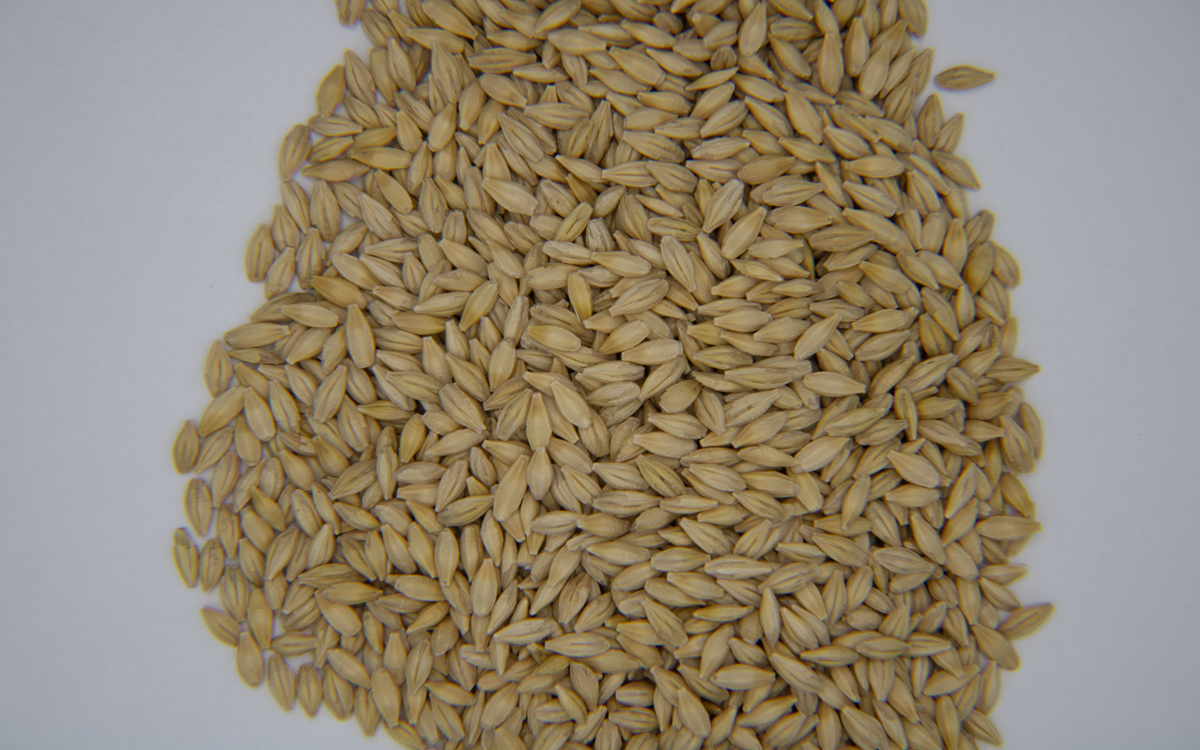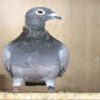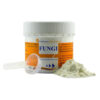
Barley in Cold Weather Feeding
Barley in Cold Weather Feeding: A Smart Energy Source for Winter Lofts.
Winter is a challenging season for racing pigeon fanciers. With temperatures dropping and lofts becoming colder, pigeons require more energy to maintain body heat and metabolic function. However, increasing the fat content of their diet too much can put unnecessary strain on their liver and digestive system. That’s where barley comes into play. A grain often underappreciated but incredibly effective for providing steady, moderate energy without the risks associated with high-fat feeding.
In this post, we’ll explore why barley is a smart choice for cold-weather feeding, how it supports thermoregulation in pigeons, and how to properly integrate it into your winter loft management routine.
The Nutritional Challenge of Winter for Pigeons
Cold weather increases a pigeon’s basal metabolic rate. In simple terms, they burn more calories just to stay warm. This leads many fanciers to feed high-fat grains like peanuts or sunflower seeds. While these are energy-dense, excessive fat can overload the liver, especially if the pigeons aren’t flying enough to burn it off.
Problems With High-Fat Winter Diets:
- Fatty liver disease
- Poor digestion and droppings
- Reduced flight capacity
- Compromised immune response
Instead of relying solely on fats, incorporating slow-release carbohydrate sources like barley is a more balanced approach.
Why Barley?
Barley is a cereal grain known for its high fiber and low-fat content. While it provides less immediate energy than corn or fats, its complex carbohydrates break down more slowly, offering a sustained energy release that helps pigeons maintain warmth over time.
Key Benefits of Barley in Winter Feeding:
- Moderate energy release: Prevents energy spikes and crashes.
- Supports thermoregulation: Helps pigeons generate internal warmth.
- Liver-friendly: Reduces the risk of fatty liver compared to oil-rich seeds.
- Digestive aid: Contains soluble fiber that supports gut health.
Barley also has a slightly warming effect on the body, making it ideal for cold climates or unheated lofts.
Barley vs. Other Grains
| Grain | Energy Level | Fat Content | Digestibility | Ideal Use |
|---|---|---|---|---|
| Barley | Moderate | Low | Medium | Cold weather, digestion |
| Corn | High | Low | High | Race recovery, cold |
| Safflower | High | High | Medium | Winter, breeding |
| Peas | Medium | Low | Medium | Protein support |
| Sunflower | Very High | Very High | Medium | Limited use in winter |
How to Feed Barley During Winter
To reap the benefits of barley without compromising overall nutrition, it should be part of a well-balanced winter mix. Aim for barley to make up about 20-30% of the total grain ration, depending on weather severity and the bird’s activity level.
Sample Cold Weather Feeding Mix:
- 30% Barley
- 30% Corn (for digestible energy)
- 20% Safflower (for healthy fats)
- 10% Wheat (digestible carbohydrates)
- 10% Peas (protein support)
Adjust this blend based on your specific loft conditions. Birds in very cold or windy areas may need more corn and safflower. However, keeping barley as a consistent base supports internal heating and stable metabolism.
Tips for Feeding Barley Effectively
- Soak or sprout barley for improved digestibility, especially if birds are older or have weak digestion.
- Use clean, dust-free grains to avoid respiratory irritation.
- Combine with grit and minerals to ensure proper digestion and nutrient absorption.
- Avoid overuse of oily seeds during prolonged indoor rest periods.
- Monitor droppings: Healthy droppings are a sign that your mix is working well.
Combining Barley With Supplements
While barley is a powerful winter grain, combining it with the right supplements enhances its benefits. Consider these additions:
- PHP Breeding Boost: Supports reproductive energy and overall vitality.
- Probiotics and B-complex vitamins: Promote better digestion and immune health.
- Electrolytes with glucose: Aid recovery from cold stress or illness.
- Liver protectants: Like methionine or herbal tonics to support metabolism.
Real Loft Results: Fanciers Speak Out
Many experienced pigeon breeders report that introducing barley during colder months results in:
- Better feather condition and shine
- Consistent droppings
- Lower feed waste due to better satiety
- Less respiratory distress
Anecdotal feedback also suggests pigeons are more active and alert when given a steady source of barley during winter.
Final Thoughts: Why Barley Belongs in Your Winter Feeding Strategy
Feeding racing pigeons during cold weather isn’t just about piling on fats. It requires a strategic approach that balances energy, digestion, and immune health. Barley offers a smart, liver-friendly alternative that provides warmth and stamina without the downsides of high-fat seeds.
If you’re serious about maintaining performance and health through winter, it’s time to make barley a regular part of your loft’s nutrition plan.


